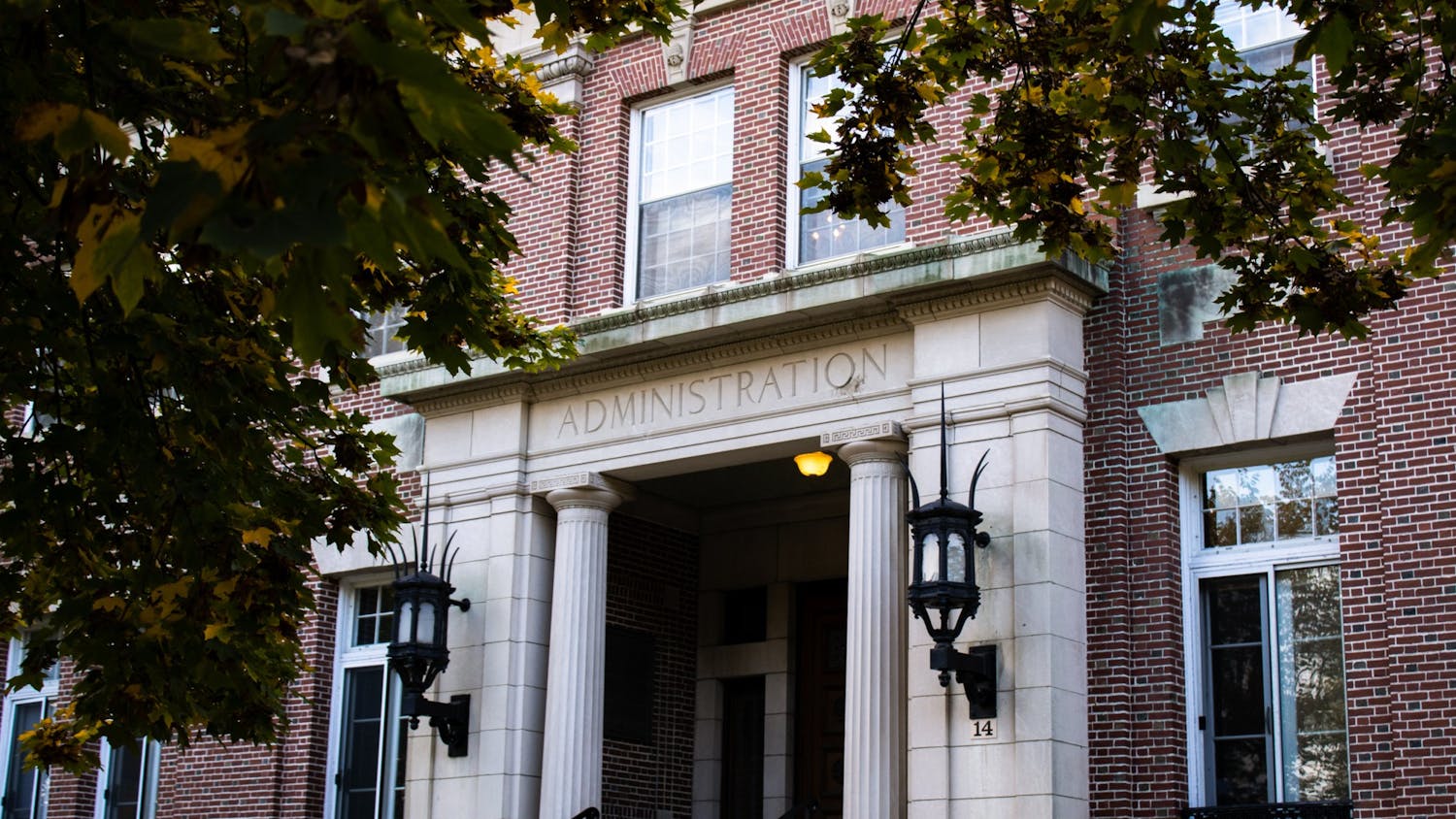On the heels of a 27 percent increase in applications, the Geisel School of Medicine jumped to 18th in U.S. News and World Report’s 2015 medical school rankings for primary care, rising 13 spots from last year. The school also improved in research rankings released earlier this month, climbing from 38 to 34.
The school’s ranking for research has held steady in the thirties for the past five years, while the ranking for primary care has fluctuated from 39 in 2011, to 67 in 2012, to 18 this year.
The primary care rankings are determined by external evaluations, average GPA and MCAT scores, the school’s acceptance rate, faculty resources and the number of students who decide to pursue primary care.
This year, 48.3 percent of Geisel’s graduating class accepted a primary care residency, up from 44.6 percent in 2013, Geisel communications and marketing director Derik Hertel said.
The school’s rural location lends itself to producing good primary care physicians, Geisel Dean Wiley Souba said, because students have firsthand exposure to this type of medical practice.
“We emphasize the importance of primary care — that is one kind of physician that is going to be critical to reforming the health care system,” Souba said. “Dartmouth has taken a stand on wanting to be an important player at the table in improving the way we deliver care.”
Souba attributed the higher rankings in part to a surge in national interest in the school, pointing to ongoing curricular reform and strong global health program as being attractive to students.
The school’s average GPA and MCAT scores also increased this year, Souba said.
The ranking marks a milestone in the school’s 20x20 plan, launched in 2011, which aimed to make Geisel one of the nation’s top 20 medical schools by 2020. Souba said that the focus of the initiative will now shift toward incorporating data-driven medicine into the school’s curriculum.
Cathleen Morrow, an associate professor of community and family medicine at Geisel, described primary care as “front line medicine.” Doctors see patients who have a variety of health concerns and help refer them to specialists, she said.
Morrow pointed to Geisel’s mentorship programs as another factor driving students toward primary care.
“Geisel makes sure students see good role models and get to work at the point of delivery,” Morrow said. “That’s an important factor in helping people think, ‘This is important work, and this is what I want to do.’”
Karl Dietrich, a fifth-year student at Geisel who recently matched into a primary care residency program, and Joe Canarie, a second-year student at the school, both said a class titled “On Doctoring” inspired them to enter primary care. The course connects students with nearby primary care physicians.
Matt Sattler ’14, who was accepted into Geisel’s early assurance program and will attend the school next year, said he hopes to go into pediatrics in part because of the close interaction with patients.
As a future Geisel student, Sattler said that he is happy to see the ranking improve and cites it when encouraging other students to attend. He said he did not pay close attention to the ranking when he decided to apply.
Canarie, however, said he lent credence to the rankings when decided to matriculate.
“It’s definitely a factor that most people look at,” Canarie said. “It’s such an arbitrary scale, so maybe we shouldn’t, but it’s a pretty big deal.”
Souba also said he appreciates the recognition that Geisel is receiving, but added that the rankings are not that important to him.
“You can’t ignore them, because students pay attention to them, and faculty pay attention to them,” Souba said. “But in my opinion, you don’t want to manage to the rankings.”
The metrics for the research rankings, which also rose this year, comprise the amount of research funding per capita, the total number of National Institutes of Health grants, the admissions rate, faculty resources, student scores and selectivity.
Due to Geisel’s small size, it may lag behind larger institutions in some areas, Souba said, adding that it has done well in areas that account for size, like funding per capita.




